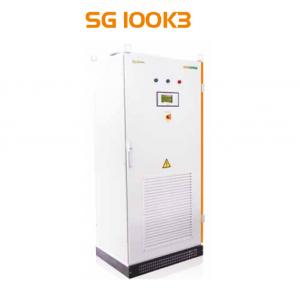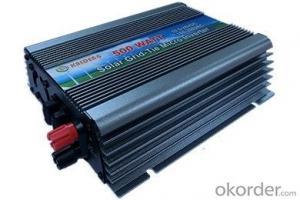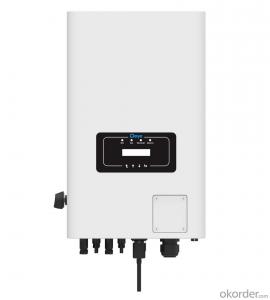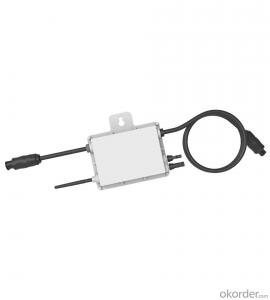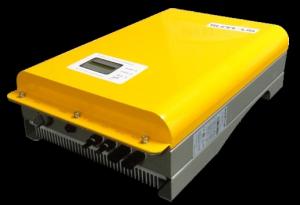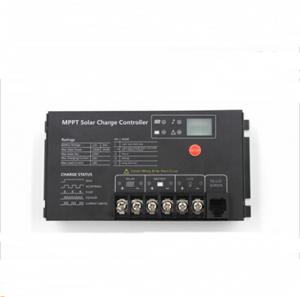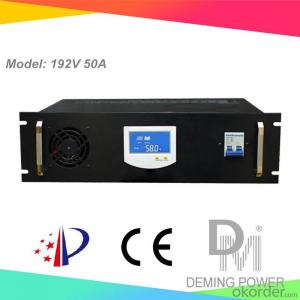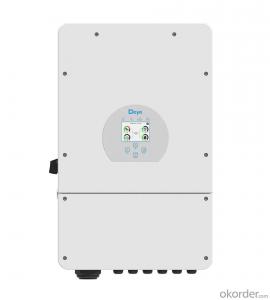Mppt Inverter For Solar System
Mppt Inverter For Solar System Related Searches
Home Power Inverter For Solar Solar Power Inverter For House Inverter For Solar Power Plant Solar Power Kit With Inverter Inverter In Solar Power Plant Best Solar Power Inverter Solar Panel Power Inverter Kit Home Solar Power Inverter Best Mppt Solar Inverter Solar Power 3 Phase InverterHot Searches
Solar Inverter For Laptop Solar Inverter For Fridge Solar Inverter Price In Ghana Solar Inverter Price In Nepal Solar Inverter Price In Ksa China Solar Inverter Price Best China Solar Inverter Solar Inverter Supplier In Uae Solar Inverter In Dubai Solar Inverter In Saudi Arabia Solar Inverter In Uae Solar Inverter In Kerala Solar Inverter In Nepal Solar Inverter In Burpengary Solar Inverter In Caboolture Solar Inverter In Chennai Solar Inverter In Lebanon China 220v Solar Inverter China Mppt Solar Inverter Type Of Inverter For SolarMppt Inverter For Solar System Supplier & Manufacturer from China
Okorder.com is a professional Mppt Inverter For Solar System supplier & manufacturer, offers integrated one-stop services including real-time quoting and online cargo tracking. We are funded by CNBM Group, a Fortune 500 enterprise and the largest Mppt Inverter For Solar System firm in China.Hot Products
FAQ
- PV grid-connected inverter can directly load it?
- Grid-connected inverter is like a car file, he first detects the grid waveform, can not detect not boot, and then the PV DC modulation and consistent with the grid waveform, and then hang up.
- Yes, a solar inverter can be used in areas with high humidity and salt air exposure. However, it is important to choose a solar inverter that is specifically designed for such conditions, as these factors can potentially impact the performance and lifespan of the inverter. It is advisable to consult with a professional to ensure the selection of a suitable solar inverter for areas with high humidity and salt air exposure.
- Is the grid side of the grid and the inverter?
- The grid load side of the grid is the grid. The inverter is an important part of the PV grid-connected system and can not be regarded as an external load. Photovoltaic power generation system is included in both grid and off-grid.
- No, a solar inverter cannot be used without solar panels. The purpose of a solar inverter is to convert the direct current (DC) generated by solar panels into alternating current (AC) that can be used to power electrical devices in a home or building. Without solar panels producing DC electricity, there would be no input for the inverter to convert.
- Yes, a solar inverter can convert DC power generated by solar panels into AC power suitable for household or grid use.
- The maximum DC input voltage for a solar inverter typically depends on the specific model and manufacturer. However, in general, the maximum DC input voltage for a solar inverter can range from around 500 volts to 1000 volts or more. It is important to consult the manufacturer's specifications for the specific solar inverter being used to determine the exact maximum DC input voltage.
- Yes, a solar inverter can be used with a solar car charging system. The solar inverter is responsible for converting the direct current (DC) produced by the solar panels into alternating current (AC) that can be used to charge the batteries of a solar car.
- Yes, a solar inverter can be used with a solar air conditioning system. A solar inverter is responsible for converting the direct current (DC) electricity produced by solar panels into alternating current (AC) electricity that can be used to power household appliances, including air conditioning systems. By connecting a solar inverter to a solar air conditioning system, the energy generated by the solar panels can be efficiently utilized to cool the environment. This not only maximizes the use of renewable energy but also helps in reducing electricity costs and minimizing the carbon footprint.












